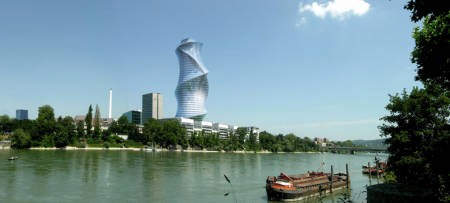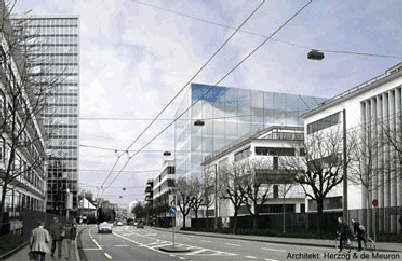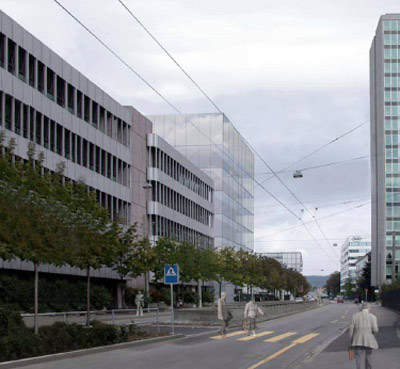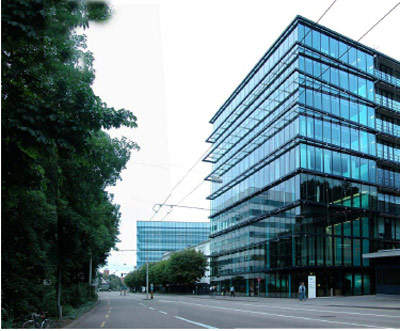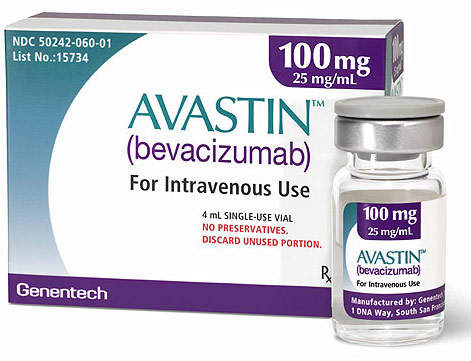Roche’s biotechnology plant in Basel opened in May 2007. The plant was developed on the existing Roche production site, and is used to produce Monoclonal Antibodies (MABs).
The 40m-tall plant was designed by Basel architect firm Herzog & de Meuron, and erected in place of the old chemistry production building. It has ten floors, eight above ground and two below.
The investment for the new facility was around $326m (CHF400m) over a three-year period. The conceptual, basic, detail design and process design of the plant was handled by Linde-KCA, who had personnel on-site during installation and commissioning to support the client.
Characteristics
The plant is being used for the large-scale production of antibodies and other cell culture products. The facility has been constructed so that two different products can be manufactured in parallel.
The plant has six 12.5m³ fermentation vessels and two downstream processing lines for protein purification and final product manufacture.
Construction
Construction work began in August 2004, with excavation and work on the building’s steel frame taking place in the winter. Production began in 2007, and the validation and qualification of the plant took place in the second half of the year. The plant employs approximately 150 staff.
The first product to be manufactured was Bevacizumab, a therapeutic antibody and the active substance in cancer drug Avastin; the plant handles the production of Avastin for the European market. In the future the production of additional biotech products is planned, but some of these are still in the development phase.
Avastin is an anti-angiogenic agent, the first in a class of drugs used to treat metastatic colorectal cancer. The medicine is directed against vascular endothelial growth factor, which takes a central role in angiogenesis (blood vessel growth), cutting off the blood supply to the tumour.
Other plans
In September 2006, Roche announced that it would further develop its headquarters in Basel with a high-rise building with 2,400 workplaces – enough for the firm to bring all the employees it has working around Basel back to the main site. However the project was postponed after it became apparent that the building “would not be capable of satisfying key functional requirements”.
In December 2009, Roche announced that it had chosen a new design for the building, which will add 1,900 workplaces. It will be 175m high, have 41 storeys and a total floor space of 76,000m², and cost CHF550m. Construction is expected to be completed in 2011. The architects – Herzog & de Meuron – worked closely with city planning officials to create a visual design that integrates the new high-rise aesthetically within the urban landscape.
Herzog & de Meuron are also involved in a second development on the site, a CHF250m research and development facility, which will accommodate 100 R&D staff. Construction work began in 2008, and the foundation laying ceremony followed in January 2009.
The northern facing part of the building will be 20m tall and have five storeys, while the southern side will be 40m tall and have nine storeys. There will also be three basement floors. The facility is expected to be operational by the third quarter of 2010.

